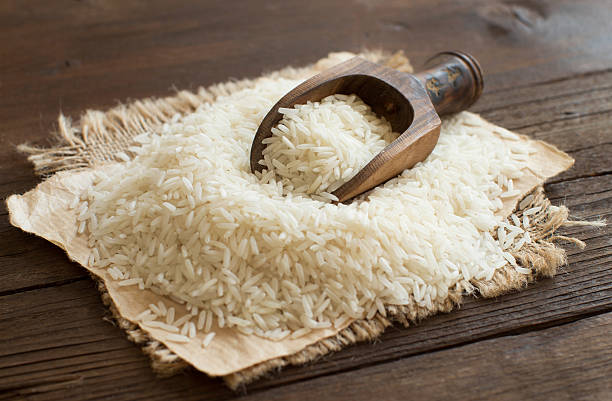The long and sleek grains of Basmati rice look so good when cooked and adding to it is a pleasant aroma that makes you fall in love with it. When it comes to the production of Basmati rice, nearly 70% of Basmati is cultivated in India especially in northern states like Punjab, Haryana, Uttar Pradesh, Himachal Pradesh, Uttarakhand and Bihar.
The best fact about Basmati is that it’s doesn’t get as sticky as other rice varieties and has a really soft and fluffy texture. It has a very distinct flavor and hence has the ability to uplift the level of any ordinary meal too. In India, it’s used in preparation of variety of rice dishes like biryani, pulao etc. and is served in occasions, events and restaurants.
Golden Tree Agro Foods Trading Pvt Ltd brings to you the best quality, long grain Basmati rice that’s free of all sorts of adulteration. We are the leading Basmati rice suppliers and exporters in India sourcing the fine, long grain white rice in bulk and customized quantities just as required by the customers. Being the Basmati rice wholesalers in India, we also offer Basmati rice at a reasonable wholesale rates thereby passing on the price advantage to our customers. Hence, if you have any need of sourcing Basmati rice in or from India, then contact us to get your order delivered conveniently at your doorsteps and that too within the timeline.


Cobus Bester March 7, 2013
Lorem Ipsum is simply dummy text of the printing and typesetting industry. Lorem Ipsum has been the industry's standard dummy text ever since the 1500s, when an unknown printer took a galley of type and scrambled it to make a type specimen book.
Cobus Bester March 7, 2013
Lorem Ipsum is simply dummy text of the printing and typesetting industry. Lorem Ipsum has been the industry's standard dummy text ever since the 1500s, when an unknown printer took a galley of type and scrambled it to make a type specimen book.
Cobus Bester March 7, 2013
Lorem Ipsum is simply dummy text of the printing and typesetting industry. Lorem Ipsum has been the industry's standard dummy text ever since the 1500s, when an unknown printer took a galley of type and scrambled it to make a type specimen book.